Spinal injuries
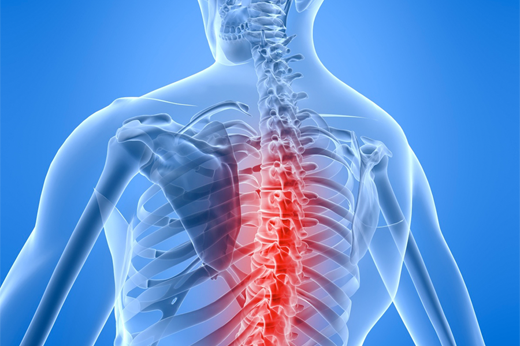 Causes of spinal injury
Causes of spinal injury
In most cases, spinal injury occurs as a result of:
falling from a great height;
car accident;
gunshot wound;
when lifting weights.
Types of spinal injuries
All spinal injuries are divided into uncomplicated, i.e. without spinal cord dysfunction, and complicated. Among uncomplicated injuries, the most unfavorable are fractures and dislocations of the vertebra. In the absence of timely diagnosis, they can cause secondary damage to the vertebra itself, as well as to the spinal cord.
The stability of the spine after injury is determined by the integrity of the posterior ligamentous complex, consisting of the interosseous, supraspinous and yellow ligaments, as well as the intervertebral joints. Injuries accompanied by complete destruction of the posterior ligamentous complex are classified as unstable, while the rest are stable. It should be noted that in unstable injuries there is a tendency to antero-posterior displacement of the vertebrae with the threat of compression of the spinal cord and its roots, while in stable injuries there is no such tendency.
Stable injuries include dislocation and fractured vertebrae, flexion-rotational fracture and fracture with wedge-shaped compression of more than half the height of the vertebral body, angle separation, wedge-shaped compression of less than half the height of the vertebral body, as well as an explosive fracture that occurs under axial load without flexion or extension.
Symptoms and signs of spinal injury
If the spine is injured, the following symptoms may occur::
neck pain;
partial loss of functions of the musculoskeletal system. For example, the victim cannot move his legs;
weak pulse and low blood pressure;
urinary incontinence;
slight numbness, decreased sensitivity;
paralysis of all limbs or only legs.
It should be noted that in the vast majority of cases spinal injuries are reversible and are associated with microfractures of soft tissues, which lead to local pain. In this case, no special medical measures are required, but in any case, you should immediately contact a specialist who, if necessary, will prescribe an examination and draw up a treatment plan.
First aid
No assistance should be provided to the victim until the ambulance arrives, as minor extensions or flexions of the spine can lead to displacement of damaged segments or fragments. Transportation to a medical facility should only be carried out in a specially equipped ambulance.
Diagnostics
A preliminary analysis is established based on the patient's complaints and the mechanism of injury. An X-ray examination is necessary to confirm the presence, nature and extent of the damage. Additional examination methods are also used: spondylography, magnetic resonance and computed tomography, therapeutic and diagnostic lumbar puncture, selective spinal angiography, etc.
Treatment
The success of treatment and the time of recovery largely depend on the treatment tactics. The main principle of treatment is to ensure the immobility of the damaged vertebra and ensure that there is no load in order to create the necessary conditions for healing. Both conservative and surgical techniques are used for this purpose.
Conservative treatment involves the use of external fixation (corset), but this method has its drawbacks. Firstly, it is dangerous because of the possibility of dislocation of the vertebrae during temporary removal, and secondly, the corset does not exclude vertical load on the damaged segment of the spine, which disrupts the fusion processes. That is why conservative treatment is possible only with stable vertebral fractures.
Surgical treatment is indicated for comminuted and unstable fractures, when vertical loading can lead to dislocation of fragments and damage to the spinal cord. In case of spinal cord injury and concomitant neurological disorders, surgery will help to return the victim to his usual lifestyle. It should be noted that depending on the type of injury, various surgical treatment methods are used.The European Clinic of Sports Traumatology and Orthopaedics (ECSTO) offers all types of diagnosis and treatment of spinal injuries of any severity. The clinic employs qualified and experienced specialists who regularly practice in European clinics and participate in international congresses and conferences on traumatology and orthopedics.
Why the EMC
The first and only clinic in Russia, created in the image of the world's leading clinics
EMC is a multidisciplinary center offering patients a high level of medical services and a personalized approach
Worldwide recognition and awards
 Learn more
Learn more
Worldwide recognition and awards
 Certificates and licenses
Certificates and licenses
Make an appointment for a consultation
Specify your contacts and we will contact you to clarify the details
Reviews
and new products of the EMC
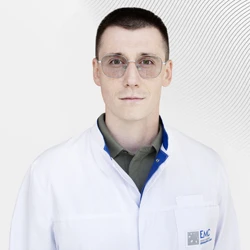
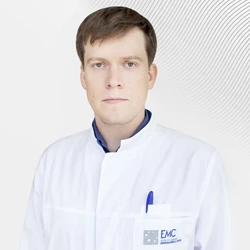

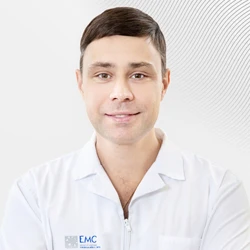
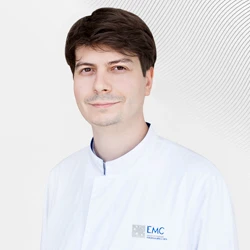
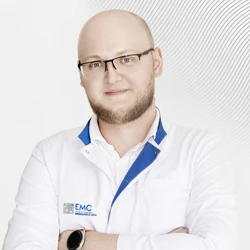

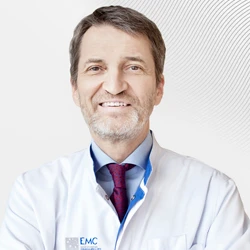
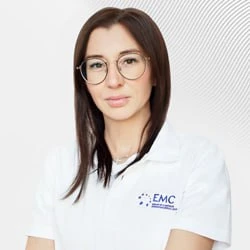
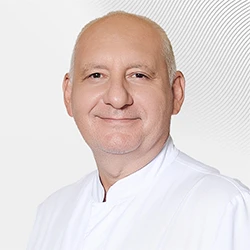
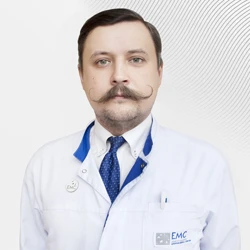

.webp)
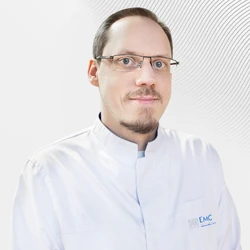
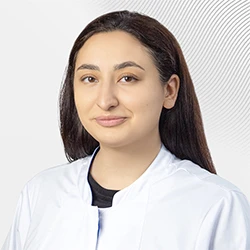
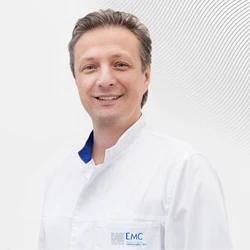
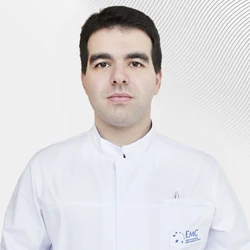
.webp)


